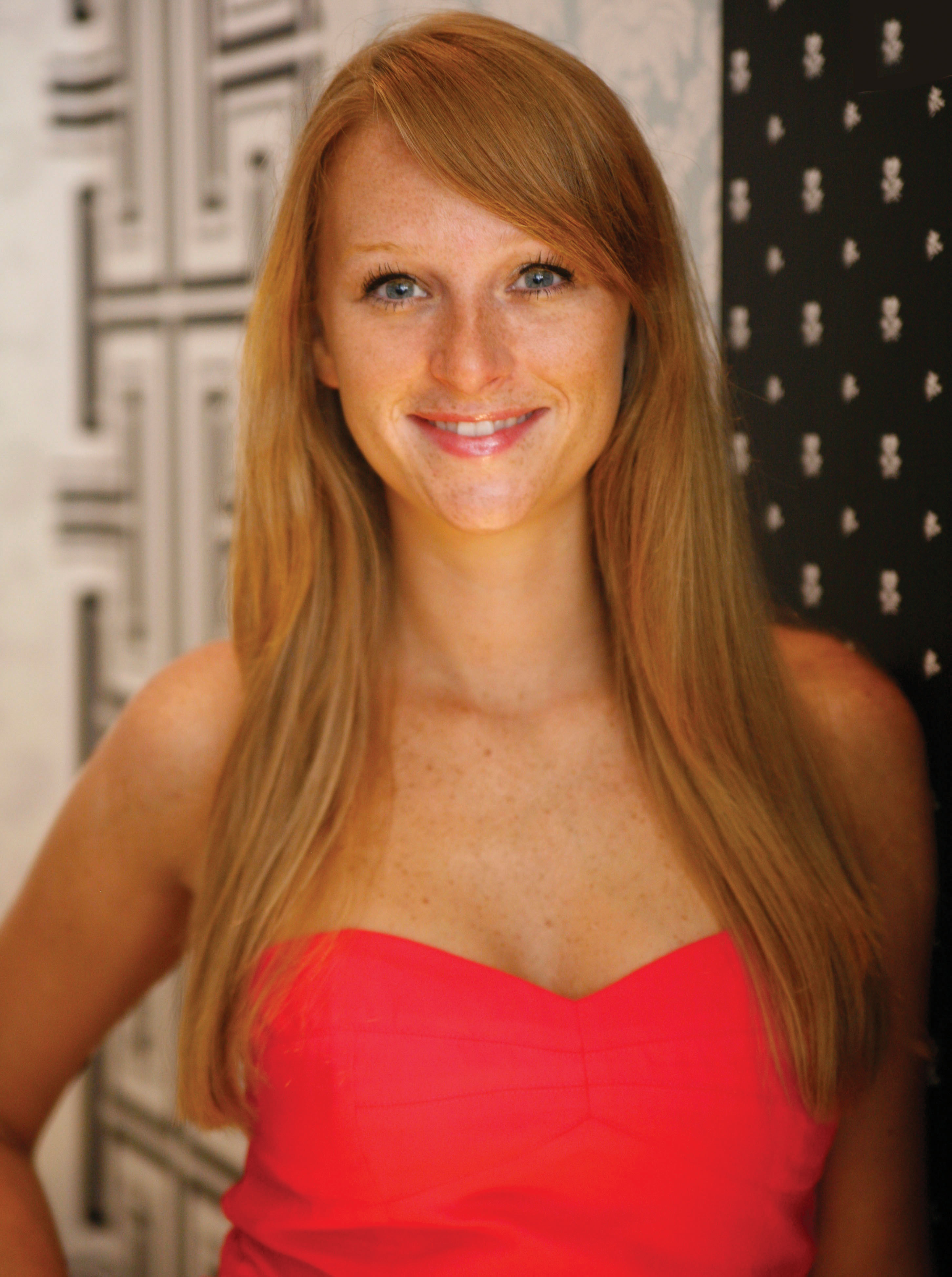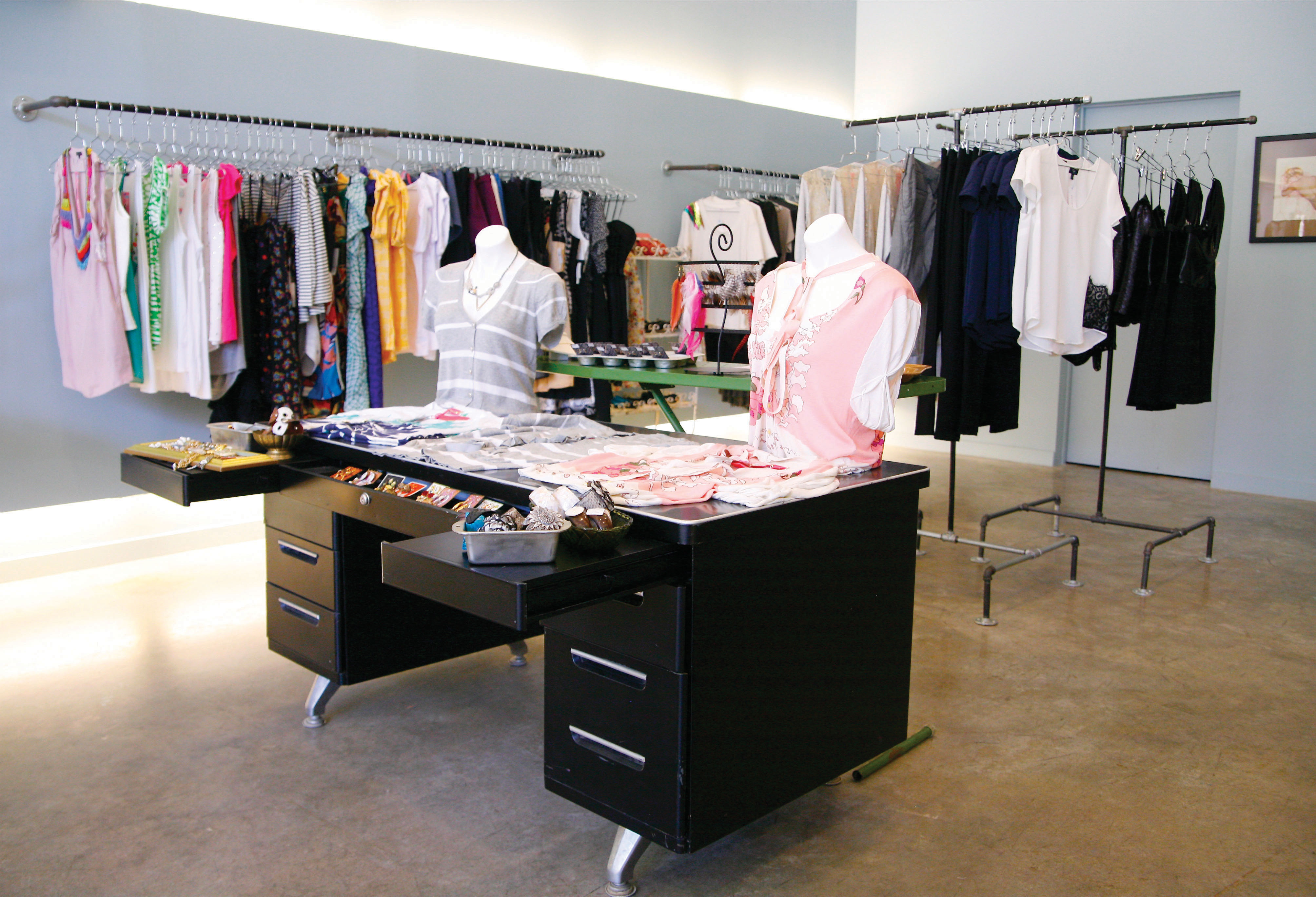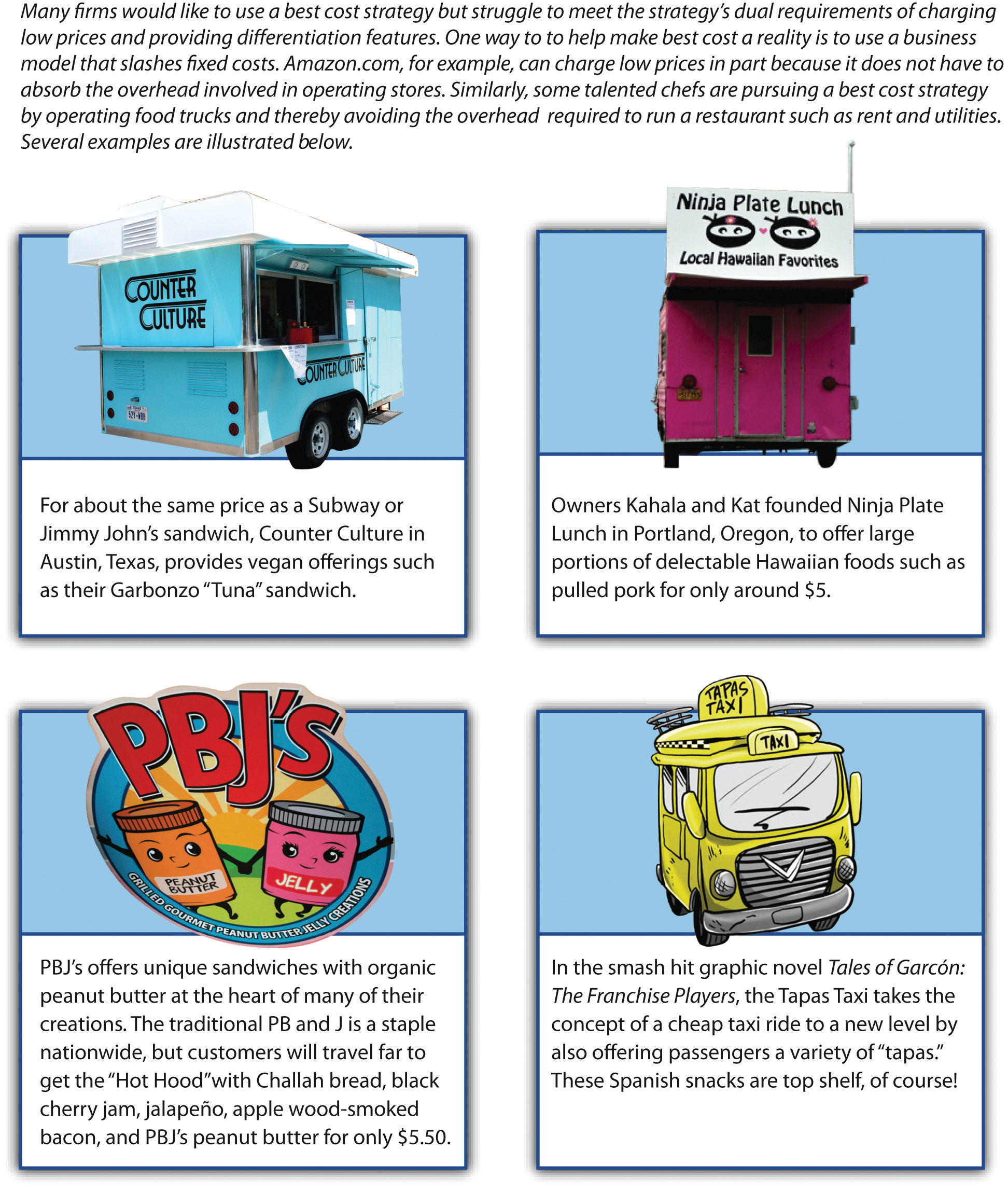Some executives are not content to have their firms compete based on offering low prices or unique features. They want it all! Firms that charge relatively low prices and offer substantial differentiation are following a best-costA business-level strategy followed by firms that charge relatively low prices and offers substantial differentiation. strategy (Figure 5.9 "Best-Cost Strategy"). This strategy is difficult to execute in part because creating unique features and communicating to customers why these features are useful generally raises a firm’s costs of doing business. Product development and advertising can both be quite expensive. However, firms that manage to implement an effective best-cost strategy are often very successful.
Target appears to be following a best-cost strategy. The firm charges prices that are relatively low among retailers while at the same time attracting trend-conscious consumers by carrying products from famous designers, such as Michael Graves, Isaac Mizrahi, Fiorucci, Liz Lange, and others. This is a lucrative position for Target, but the position is under attack from all sides. Cost leader Walmart charges lower prices than Target. This makes Walmart a constant threat to steal the thriftiest of Target’s customers. Focus differentiators such as Anthropologie that specialize in trendy clothing and home furnishings can take business from Target in those areas. Deep discounters such as T.J. Maxx and Marshalls offer another viable alternative to shoppers because they offer designer clothes and furnishings at closeout prices. A firm such as Target that uses a best-cost strategy also opens itself up to a wider variety of potentially lethal rivals.
According to government statistics, women are 60 percent less likely than men to become entrepreneurs. Meanwhile, succeeding within the specialty fashion retailing market is notoriously difficult. These trends do not worry Sarah Reeves, a young entrepreneur and 2007 graduate of Auburn University who is rapidly becoming a key player within the Austin, Texas, retail scene by offering high-end fashion at low prices.
On her website (http://www.plainiveyjane.com), Sarah describes Plain Ivey Jane as “the go-to place for women who want to elevate their wardrobes. We offer high end designer names at a discount, and the new overstocked apparel is handpicked from over 70 different brands to offer exactly what Austin needs at a price every girl can afford. To pair with your fabulous new wardrobe, Plain Ivey Jane carries accessories from undiscovered local artisans.” We asked Reeves to discuss her firm.Excerpted from Ketchen, D. J., & Short, J. C. Forthcoming. The discount diva: An interview with Sarah Reeves. Journal of Applied Management and Entrepreneurship.

Photo courtesy of Shanti Matulewski.
| Question: | Can you tell us a little about your Plain Ivey Jane concept? |
| Sarah Reeves, Owner: | Plain Ivey Jane sells overstock from Anthropologie, Urban Outfitters, Bloomingdales, and other high-end and small designers. Although I buy from the same designers as the big and famous retailers, our dresses and accessories are sold at a fraction of their prices. |
| Question: | What differentiates your boutique from competitors? |
| Reeves: | I’m one of the lowest-priced retailers in the shopping district that people in Austin call the Second Street area. My niche in the fashion retailing business is that my merchandise is overstock from great brands. There’s maybe one other business in Austin that sells overstock. What makes my concept different is that it has the feel of a high-end retail store versus a basement feel of the typical discount retailer. |
| Question: | Do have a lot of regular customers? |
| Reeves: | Yes. Once people find out what I offer, they’re in here all the time. I see the same group of people every few months, but getting in new faces is the challenge. I think a lot of people walk by and assume that our clothes are expensive, but nothing could be further from the truth. |
| Question: | Were you fearful of starting your own business so young? |
| Reeves: | No, I figured this was a great time since I had nothing to lose. I thought getting it out of my system now was a good idea, and it was a good time since I was able to get a great deal on my lease. With the downturn in the economy, the time was right for my lower-priced strategy. |
| Question: | What would you say is the biggest key to success for small business? |
| Reeves: | Flexibility. Rolling with the punches and definitely the ability to follow up with people. I thought that people who owned their own business must know what they are doing, but many people don’t. At this point, I prefer to do everything myself. At least I can blame myself when things go wrong. |
| Another key is networking with other small-business owners. A lot of the other boutique owners nearby have become close friends. I learn what works for them and what might possibly apply to my concept. | |

The success that 2007 college graduate Sarah Reeves has enjoyed with Plain Ivey Jane may inspire other young women to become entrepreneurs.
Photo courtesy of Shanti Matulewski.
Figure 5.10 Driving toward a Best-Cost Strategy by Reducing Overhead

Images courtesy of Kari Sullivan, http://www.flickr.com/photos/ilovemypit/3726649397/ (top left); Sarah B. Brooks, http://www.flickr.com/photos/foodclothingshelter/4753507671/ (bottom left); Samantha Marx, http://www.flickr.com/photos/spam/5166429482/ (top right); [citation redacted per publisher request] (bottom right).
One route toward a best-cost strategy is for a firm to adopt a business model whose fixed costs and overhead are very low relative to the costs that competitors are absorbing (Figure 5.10 "Driving toward a Best-Cost Strategy by Reducing Overhead"). The Internet has helped make this possible for some firms. Amazon, for example, can charge low prices in part because it does not have to endure the expenses that firms such as Walmart and Target do in operating many hundreds of stores. Meanwhile, Amazon offers an unmatched variety of goods. This combination has made Amazon the unquestioned leader in e-commerce.
Another example is Netflix. This firm is able to offer customers a far greater variety of movies and charge lower prices than video rental stores by conducting all its business over the Internet and via mail. Netflix’s best-cost strategy has been so successful that $10,000 invested in the firm’s stock in May 2006 was worth more than $90,000 five years later.Statistics drawn from Standard & Poor’s stock report on Netflix.

Hey Cupcake! in Austin, Texas, is a low-overhead bakery that has become a delicious success.
Image courtesy of Evan Bench, http://www.flickr.com/photos/austinevan/3237785474.
Moving toward a best-cost strategy by dramatically reducing expenses is also possible for firms that cannot rely on the Internet as a sales channel. Owning a restaurant requires significant overhead costs, such as rent and utilities. Some talented chefs are escaping these costs by taking their food to the streets. Food trucks that serve high-end specialty dishes at very economical prices are becoming a popular trend in cities around the country. In Portland, Oregon, a food truck called the Ninja Plate Lunch offers large portions of delectable Hawaiian foods such as pulled pork for around $5. Another Portland food truck is PBJ’s, whose unique and inexpensive sandwiches often center on organic peanut butter. Beyond keeping costs low, the mobility of food trucks offers important advantages over a traditional restaurant. Some food trucks set up outside big-city nightclubs, for example, to sell partygoers a late-night snack before they head home.